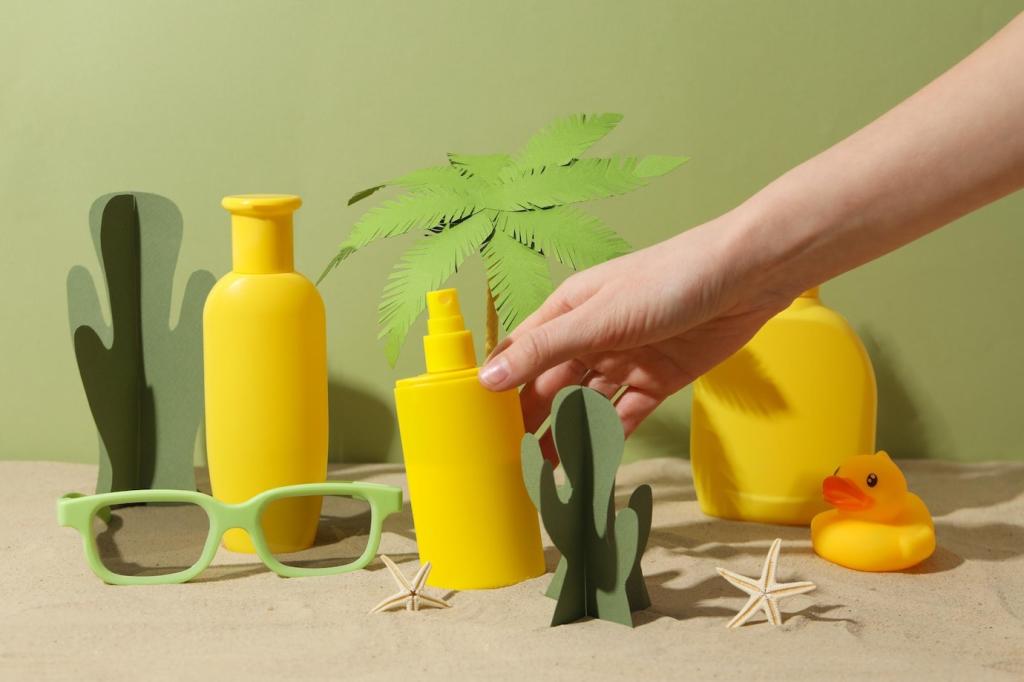This website uses cookies so that we can provide you with the best user experience possible. Cookie information is stored in your browser and performs functions such as recognising you when you return to our website and helping our team to understand which sections of the website you find most interesting and useful.

Vertical Gardening for Small Spaces
Vertical gardening is an innovative and effective way to maximize limited outdoor or indoor areas by growing plants upward rather than outward. This approach enables those with small balconies, patios, or even indoor spaces to enjoy lush, green environments filled with flowers, vegetables, or herbs. By utilizing vertical surfaces, you can transform previously unused walls or fences into vibrant living displays. Vertical gardening is not only aesthetically pleasing but also functional, improving air quality, providing shade, and creating a unique form of personal expression. Whether you have a compact urban apartment or a tiny backyard, vertical gardening empowers you to make the most of every square foot, bringing nature closer to your everyday life.
Understanding Vertical Gardening
The Origins of Vertical Gardening
Key Principles and Mechanics
Benefits for Small Spaces
Space Optimization Techniques

Types of Vertical Gardens
Soil, Watering, and Nutrient Tips
Vertical Gardening Indoors
Adapting to Indoor Conditions


Integration with Interior Design
Overcoming Common Challenges
Addressing Limited Root Space
Dealing With Environmental Stress
Preventing and Managing Pests

Creating a Lush Green Wall


